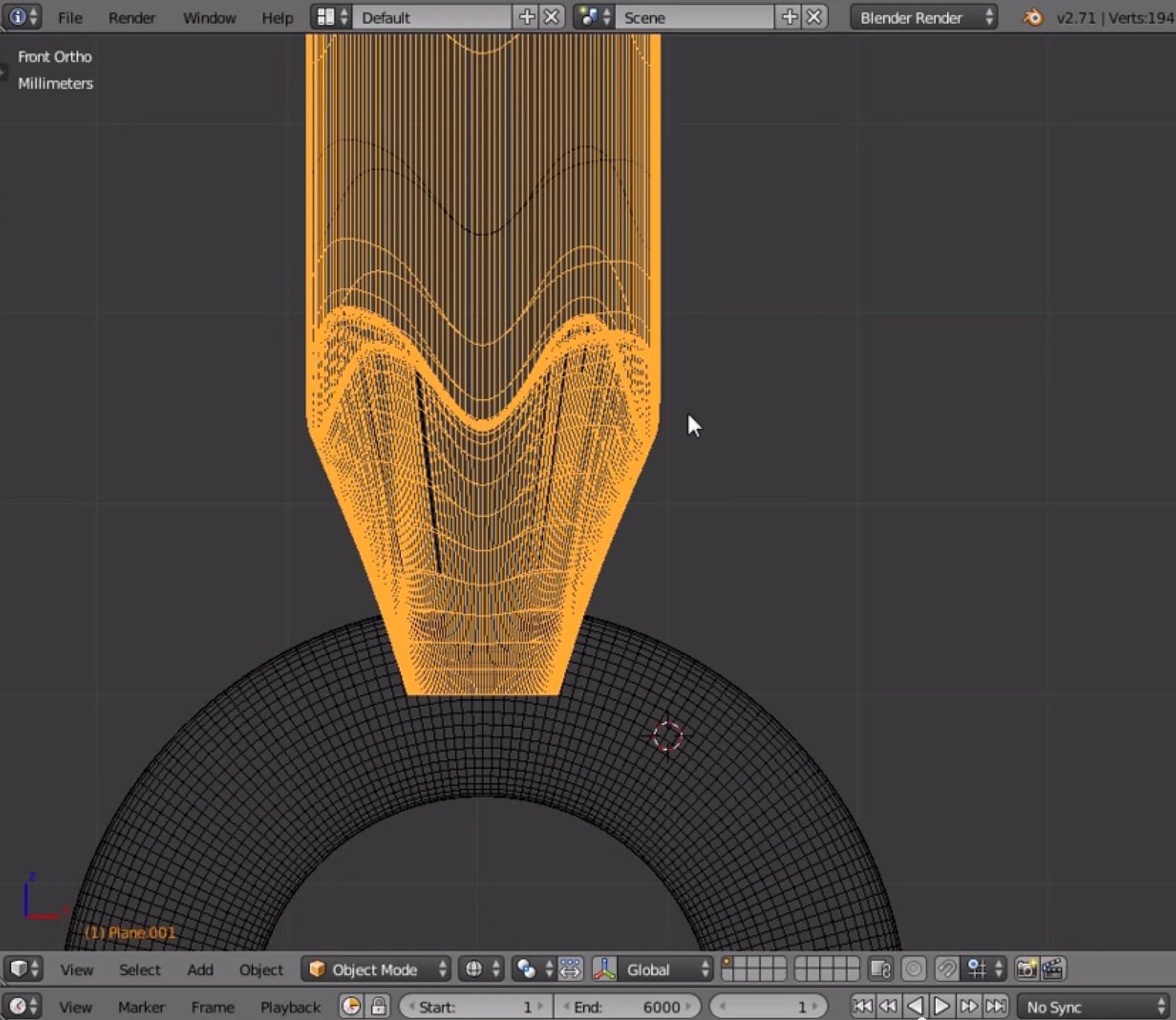
3D print service i.materialise published a pretty decent guide showing how to prepare 3D print files using Blender, but we’re wondering if Blender is the right tool for the job.
Blender is one of the first 3D modeling tools to be mentioned by the hobbyist 3D printing community, really for two big reasons:
- Blender can perform almost any 3D modeling task
- Blender is available at no charge: its open source software
The latter is perhaps the major reason for using Blender, but there’s other concerns with Blender.
Our first beef with Blender is that due to the incredible variety of functions it provides, it can be quite challenging to learn, particularly for those new to 3D modeling who are still getting their “3D legs”. Many of the commands are keyboard-based and are difficult to recall if not used frequently. Because of this we often recommend that beginners choose a different product and perhaps move to Blender later on when they are more experienced in 3D software environments.
The second beef is that because Blender does all things 3D, it is most often used for non-solid 3D modeling. This is the preparation of 3D models for online or 2D display, not 3D printing, for example, within a video game, or a complex, rendered 3D scene pasted on the side of a bus.
Blender is not a solid modeling tool by default; most of its users are doing 3D modeling for rendering or developing content for virtual environments – and not building solid 3D models for 3D printing.
Thus users of Blender have to take extra steps to ensure their 3D models are actually 3D printable. It’s quite possible to do, but it does involve more work, which is not required in solid 3D modeling software environments.
Nevertheless, some people do use Blender to create 3D models for printing. But how to prepare them properly for 3D printing? i.Materialise has the answer in a video tutorial in which they explain the several steps involved:
- Defining the right model dimensions
- Joining meshes together
- Making the model watertight
- Smoothing the model’s surface
- Exporting the model in the right format
Here’s the video:
If you’re using Blender, you might want to check out the post by i.Materialise. If not, you may want to check out our Buying Guide, which provides an interactive tool for selecting a 3D modeling tool.
Via i.Materialise

